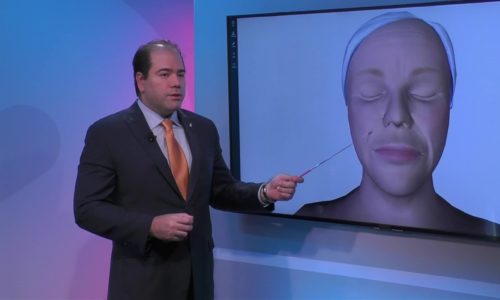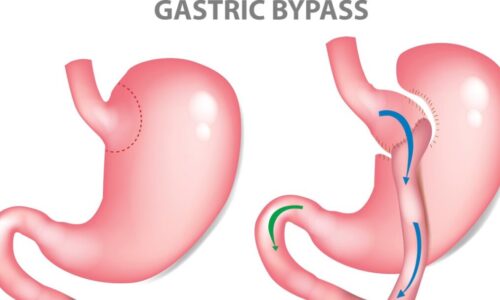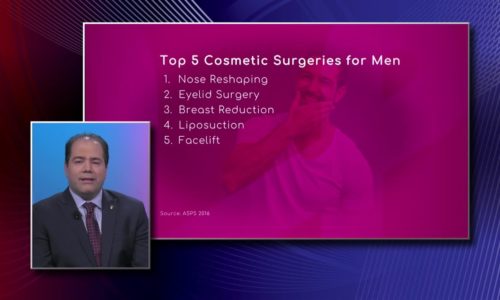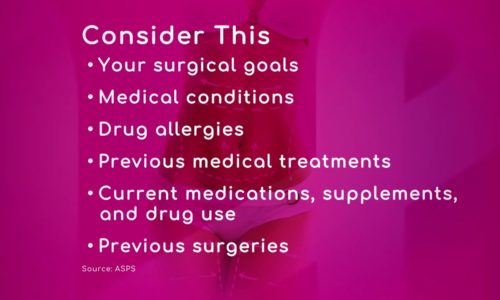Fat Transfer Breast Augmentation Risks |
Dr. Roger Khouri, Plastic Surgeon at Baptist Health South Florida, explains some of the risks that people might be facing with fat transfer breast augmentation: “Anesthesia risk, which is really minimal; a little infection blood, since we’re not opening tissue the risk of bleeding and hematoma, is really very rare and the main risk is if you’re injecting fat that doesn’t survive, you can have nodules all over the breast.”
According to him, that is a big problem, because it makes you anxious and nervous and makes you take unnecessary biopsies.








